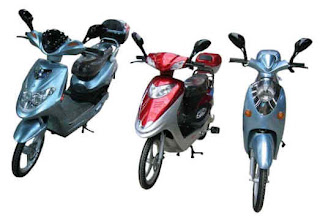Solar Concentrators - A Quick Primer
Here is an excellent primer on solar concentrators.
As the name suggests solar concentrators concentrate solar power onto a solar (photovoltaic) cell. So the cell gets more sunlight and that improves its efficiency. Today the additional components that a concentrator has wipes out the cost advantage of using fewer solar cells per unit of output power. But as the efficiency of the solar cell goes up, the output of the concentrator multiplies, and it is estimated that with solar PV cells of efficiency 18% and above the concentrators offer significant price advantages.
However many believe that solar concentrators are merely a transitory technology. As solar cells get so cheap that we can incorporate them on our walls and even our clothes, the cost advantage offered by the concentrators might not amount to much.
Do check out the primer linked above if you want to answer the following questions:
- What are the primary forms of solar concentrators?
- Why is there interest in concentrating photovoltaics?
- Why not just improve solar cells?
- OK, concentrating light onto solar cells means more power output. But does that mean it's more cost-effective?
- So what do these solar concentrators that use photovoltaic cells look like?
- What are the tradeoffs of this approach?
- Are these concentrating photovoltaic systems commercially available?
- How will things look a few years from now?










